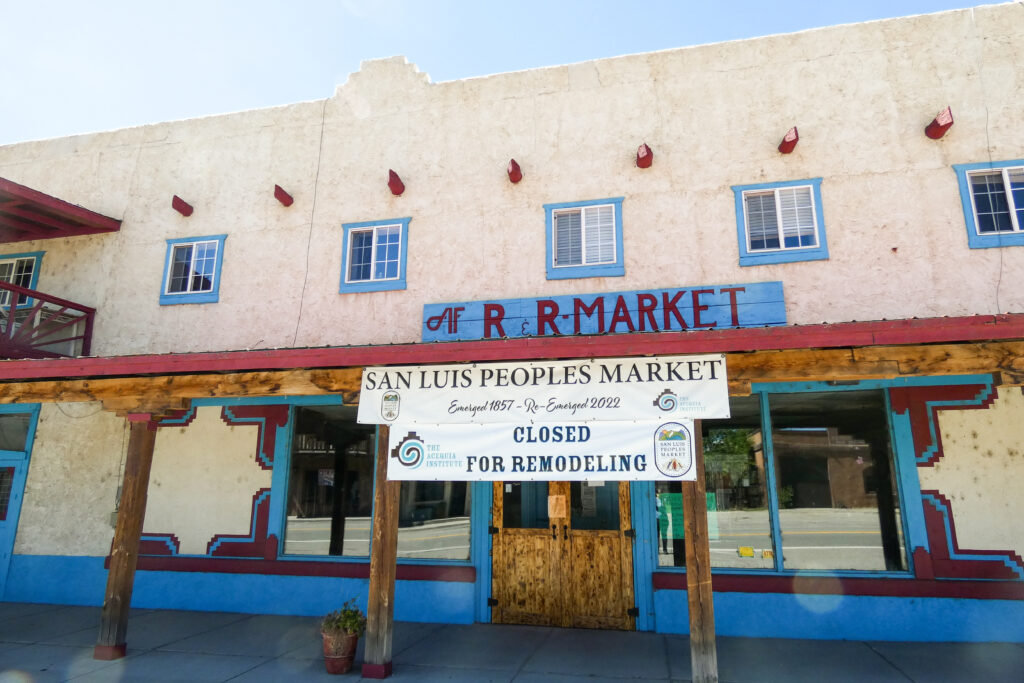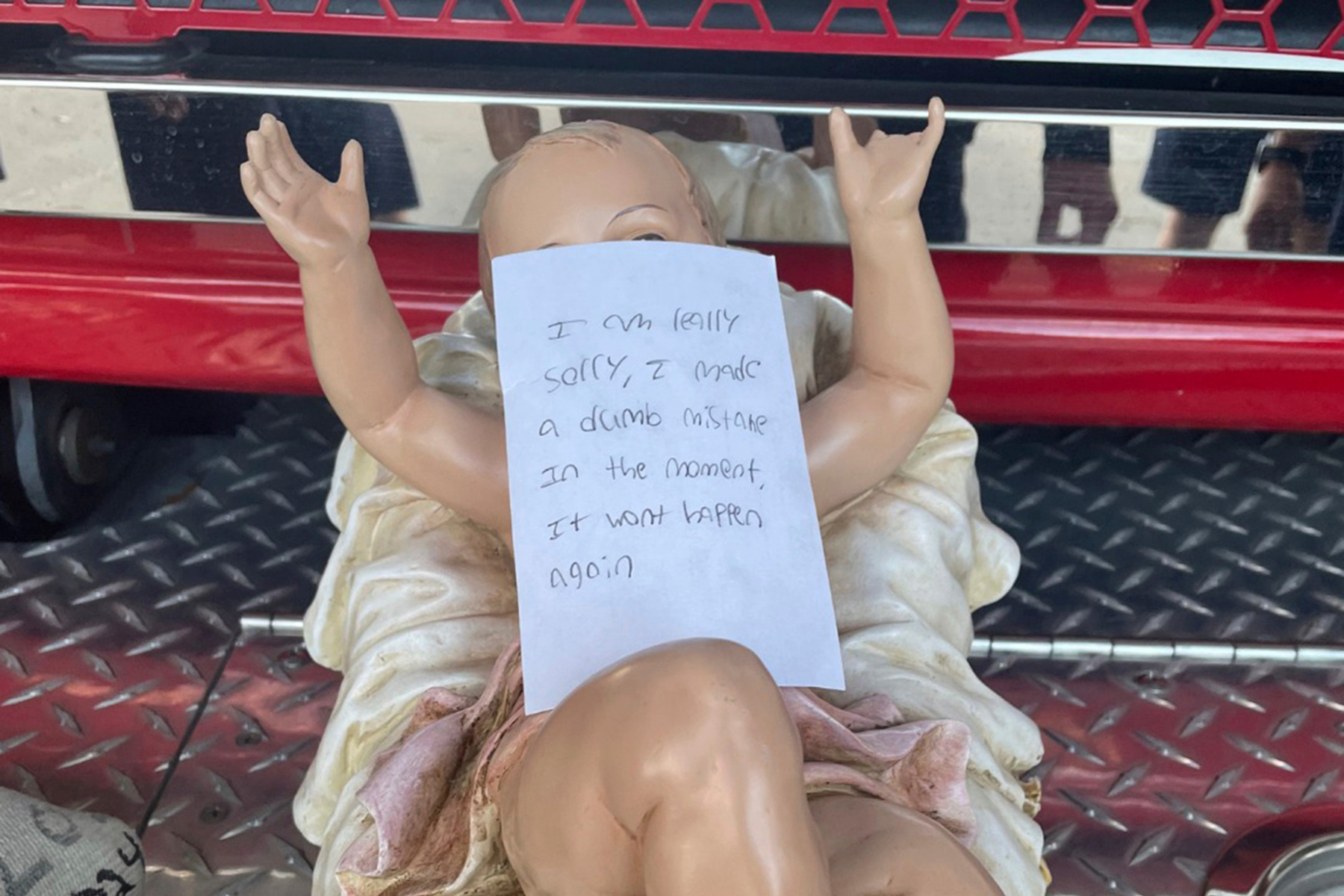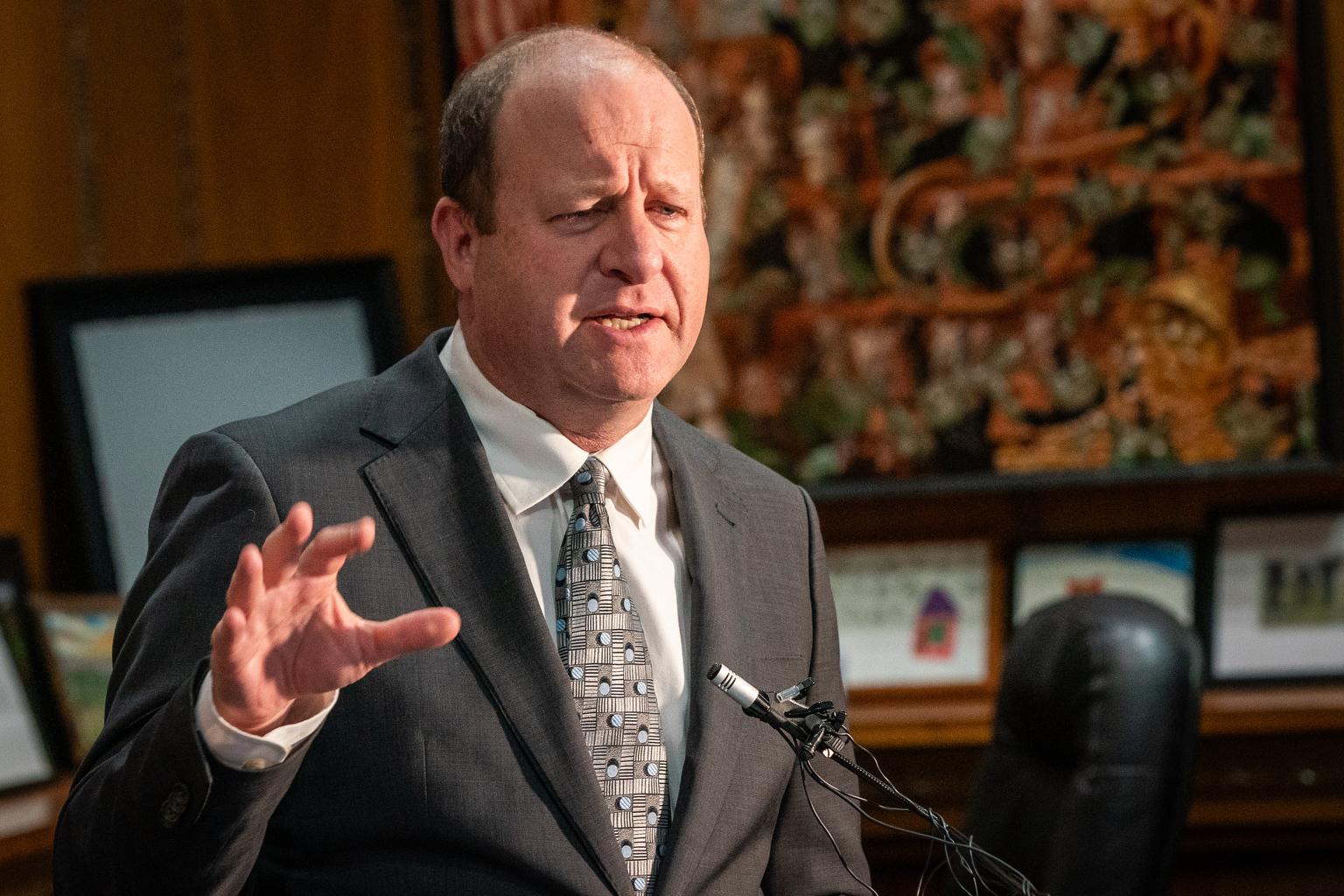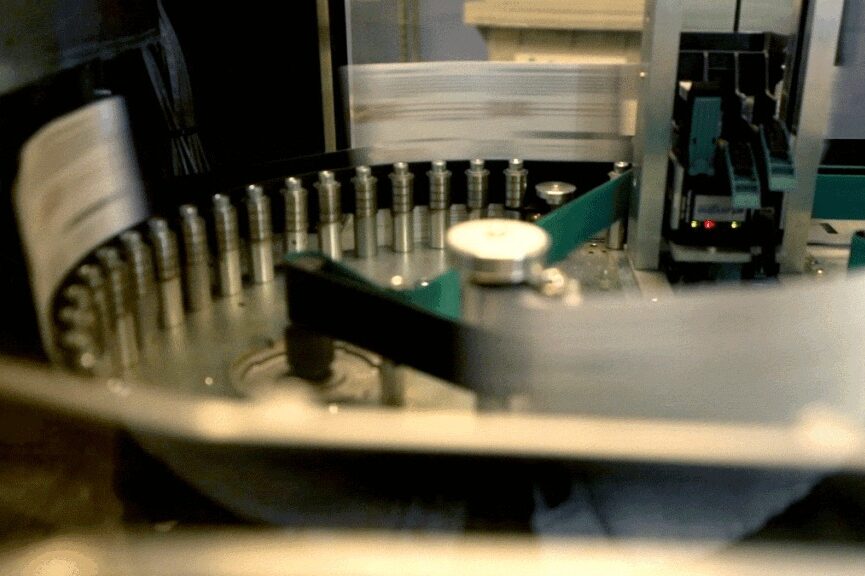
For years, Linnette Ramirez thought the R&R Market had been closed. She passed its run-down adobe exterior whenever she drove through San Luis; a blue sign with red lettering marked its establishment in 1857.
Then, in 2021, the dusty old part-hardware store, part-butcher shop and part-limited grocer needed a meat cutter. And Ramirez suddenly found herself employed at the oldest grocery store in Colorado.
Nearly five years later, she is the current general manager, helping oversee a massive renovation and a historic renaming: The San Luis Peoples Market.
In her time, she saw Felix and Claudia Romero, descendants of the original owners, work well into retirement age until it was time to pass off the 167-year-old store to a new generation. Only, no one in the Romero family wanted the responsibility.
So, in stepped Devon Peña, both Ramirez’s partner and the head of the Acequia Institute, a nonprofit focused on preserving a traditional method of flood-irrigated agriculture used by the region’s Mexican settlers going back to the mid-1800s.
“We're reawakening cultural memory, indigenizing the cuisine as part of this overall project to deal with the community health crisis,” Peña said.
Using millions in grant dollars, the new ownership is hoping a transformation of the market’s mission will help reignite these practices older than even the structure itself; all of it on a path toward establishing a community food co-op.
A 167-year-old building
“It needs help, look around,” Ramirez said during an August tour of the market. The space was almost entirely gutted after a building inspection had discovered asbestos contamination along with lead-based paint and extensive mold damage.
“We gotta clean that up so we can plug these holes up, cut the ancient sewer pipes which are not functional,” Peña said, gesturing around the room.
Broken sheetrock on one wall revealed original earthen bricks underneath.
The building wears its history. Peña scratched at scorch marks from a fire in the 1940s and the smell of burnt ash lingered.

Peña has lived part-time in San Luis since the 1980s. A former Colorado College professor whose academic career has focused on environmental justice, he currently teaches at the University of Washington. His involvement with the market traces back to his founding of the Acequia Institute.
Piecing together about $3 million in grants from state and federal sources as well as private sources like the Gates Family Foundation, the institute purchased the R&R Market in 2022, renamed it the San Luis Peoples Market and has set about the building’s long renovation process.
“We're starting this without debt. Everything is paid for,” said Peña. “It's just not in here. It's waiting in a warehouse.”
New equipment includes new plumbing systems and lighting to refrigerators and farm equipment and solar panels for a greenhouse out back. They’re even planning to set up a new rotisserie. According to Peña, “There's never been one in town and everybody would love one.”

A people’s co-op
According to Peña’s vision, the co-op will produce fresh and minimally processed chicken soups using that rotisserie. The greenhouse will grow anything from fresh herbs to cactus and salad greens. The market’s shelves will hopefully sell varied produce raised by members of the community, who would share in the profits.
“If we can get them producing food — even a little bit — that can be sold into the market, then I won't have to order it from another state,” Ramirez said.

It’s a grand vision. Peña said nearly all of the local farmland is currently being used to grow alfalfa. He sees a future where local landowners will opt to set aside parts of their property to grow the staple crops and livestock that once sustained the region for generations.
Pulling that off won’t be easy.
Peña said community food co-ops typically face two major obstacles. The first is debt, which he is happy to remind is an issue the market has been able to skirt so far through the grants. The second, and trickier one, is recruitment.
Raising alfalfa as a monoculture in the area now goes back generations as well, to the mid-20th century. Additionally, Ramirez described the area’s population as being dominated by retirees, with the area’s young people opting to leave San Luis for better opportunities.
He calls this the “next-generation problem.”
“That’s the one that’s got us a bit stumped,” Peña said. “There’s this demographic gap between 18 (years old) and the 50s.”
Former hotel rooms above the market are being converted to affordable housing units to help attract a local workforce — from butchers to chefs and gardeners, but that’s a project years away from full completion. And local farms are facing the same lack of young people looking to take up the trade that much of the country faces.

Internships have helped.
Manuelito Rael, 18, along with his sister and a cousin, work for $17 an hour. Their internship is one of the highest-paying jobs a local high schooler can get during the summer. They spent the summer months planting and raising the crops behind Peña’s house from seeds.
Neat rows of broccoli, cauliflower, peas and purslane — a low-to-the-ground, small succulent that — while sometimes considered a weed — is rich in antioxidants and omega-3 fatty acids.
When I visited, the interns were preparing for a class later in the day. A professional chef would be teaching them how to prepare the purslane for a salad.
“We’ve learned foods I can’t even pronounce, foods I’ve never even heard of,” Rael said.
After learning the day’s recipes, the interns held a public dinner at the annex, where the students discussed the preparation of the dishes and their cultural relevance before serving. They hosted a half-dozen of these community meals throughout their internship.

The three high schoolers are a big help, but not a long-term solution to the market’s labor problem.
“I wanna go be a traveling nurse or a flight attendant with my cousin,” Rael said.
In the meantime, construction at the market trudges on, through delays, installing new equipment and readying the initial inventory for what they hope will be an opening sometime in November.
If their plans bear out, the market might continue for another 167 years, Ramirez said. She hopes that bringing this building up to modern standards will lead to a restoration renaissance in the small historic core of Colorado’s oldest modern town.
“It needs help,” she said. “Look around.”










